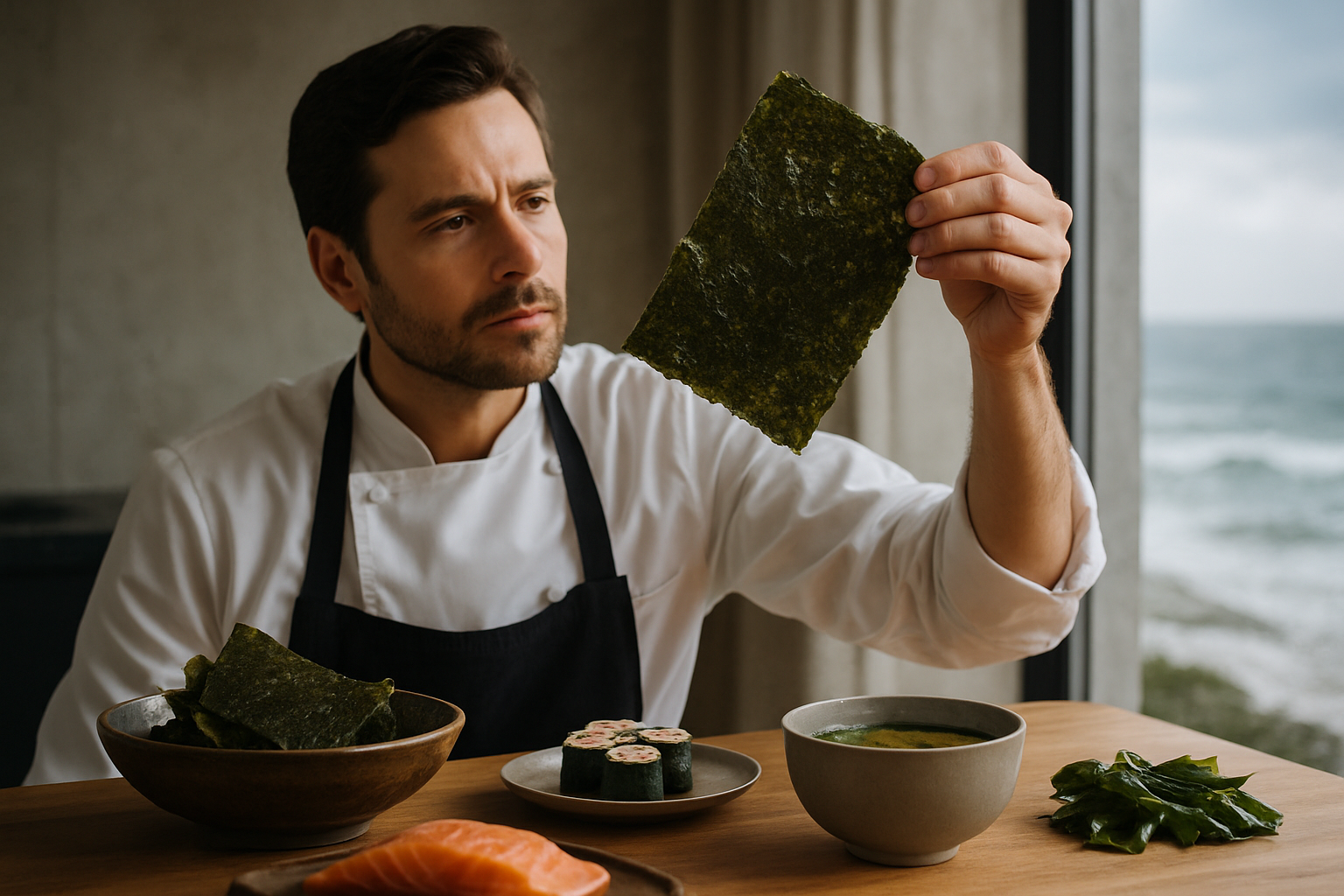Unraveling the World of Molecular Gastronomy Tourism
Embark on a culinary journey that transcends traditional boundaries and challenges your perception of food. Molecular gastronomy tourism is revolutionizing the way we experience flavors, textures, and presentations while traveling. This innovative approach to cuisine combines science and art, offering adventurous travelers a unique way to explore global destinations through their taste buds. Discover how this avant-garde culinary movement is reshaping travel itineraries and creating unforgettable sensory experiences.

From Lab to Table: The Evolution of Culinary Science
As molecular gastronomy gained traction in high-end restaurants, it quickly captured the imagination of food enthusiasts worldwide. Chefs like Ferran Adrià, Heston Blumenthal, and Grant Achatz became culinary rockstars, drawing crowds to their restaurants to experience dishes that seemed to defy the laws of nature. Foams, spherifications, and liquid nitrogen became staples in these kitchens, transforming familiar ingredients into otherworldly creations.
The Rise of Molecular Gastronomy Tourism
The allure of these innovative dining experiences has given rise to a new form of tourism. Food lovers now plan entire trips around visits to restaurants specializing in molecular gastronomy. Cities like Barcelona, Chicago, and Copenhagen have become hotspots for culinary travelers seeking to indulge in these avant-garde creations. This trend has not only impacted high-end dining but has also influenced street food and casual eateries, making molecular gastronomy more accessible to a broader audience.
Global Destinations for Molecular Culinary Adventures
While molecular gastronomy has its roots in Western Europe, it has spread to all corners of the globe, each region adding its unique twist to the concept. In Asia, chefs are combining traditional ingredients with modern techniques to create stunning fusion dishes. South American countries like Peru are using molecular gastronomy to showcase their biodiversity and ancient culinary traditions in new, exciting ways. Even in the Middle East, molecular gastronomy is being used to reimagine classic dishes, offering travelers a fresh perspective on familiar flavors.
The Impact on Local Food Cultures
As molecular gastronomy tourism grows, it’s having a significant impact on local food cultures. Traditional ingredients and dishes are being reinterpreted through the lens of culinary science, leading to a renaissance in many regional cuisines. This has sparked debates about authenticity and cultural preservation, but it has also revitalized interest in local food traditions among younger generations and international visitors alike.
Challenges and Controversies
Despite its popularity, molecular gastronomy tourism is not without its critics. Some argue that the focus on spectacle and technique can overshadow the importance of flavor and nutritional value. There are also concerns about the environmental impact of some molecular gastronomy practices, such as the use of liquid nitrogen and specialized equipment. As this form of tourism evolves, chefs and restaurateurs are working to address these issues, striving to balance innovation with sustainability and culinary tradition.
The Future of Molecular Gastronomy in Travel
As technology continues to advance, the possibilities for molecular gastronomy seem limitless. Virtual and augmented reality are being incorporated into dining experiences, blurring the lines between food and entertainment. Some futurists predict that 3D food printing could become a staple in molecular gastronomy kitchens, allowing for even more precise and complex creations. These developments suggest that molecular gastronomy tourism will continue to evolve, offering travelers new and exciting ways to explore the world through food.
Sensory Exploration: Tips for Molecular Gastronomy Tourists
• Research restaurants in advance and make reservations early, as many top molecular gastronomy establishments book up months in advance.
• Keep an open mind and be prepared to challenge your perceptions of what food should look, feel, and taste like.
• Consider booking a tasting menu to experience the full range of a chef’s molecular creations.
• Look for molecular gastronomy workshops or cooking classes in your destination for a hands-on experience.
• Pair your molecular dining experiences with visits to local markets to understand the traditional ingredients being transformed.
• Document your experiences, but be mindful of restaurant policies regarding photography and social media.
• Balance high-end molecular experiences with traditional local cuisine to get a well-rounded taste of your destination.
The world of molecular gastronomy tourism offers a thrilling frontier for adventurous travelers and food enthusiasts. By combining science, art, and culinary tradition, this innovative approach to dining is creating unforgettable travel experiences and reshaping our understanding of global cuisines. As we look to the future, molecular gastronomy promises to continue pushing the boundaries of what’s possible in the culinary world, offering travelers new ways to explore and connect with destinations through the universal language of food.




